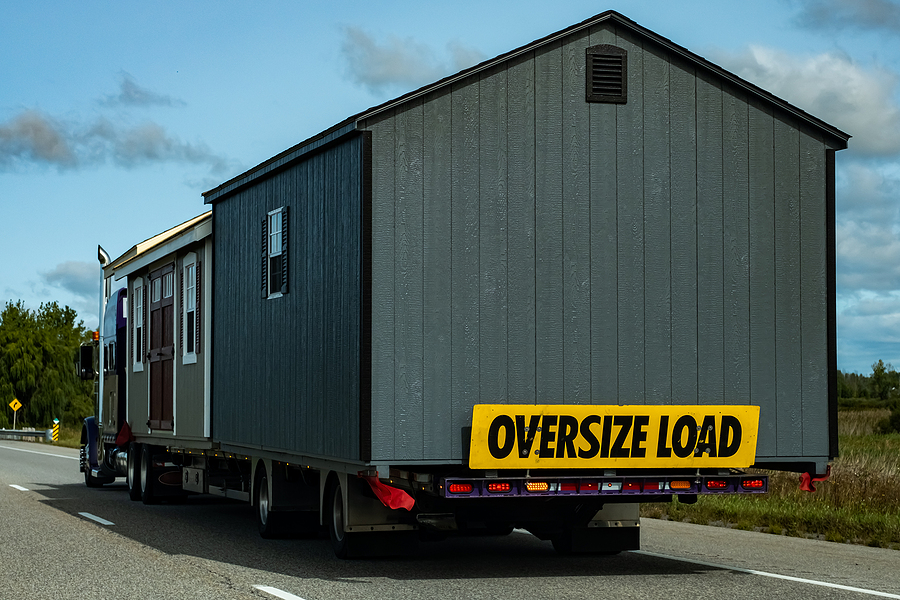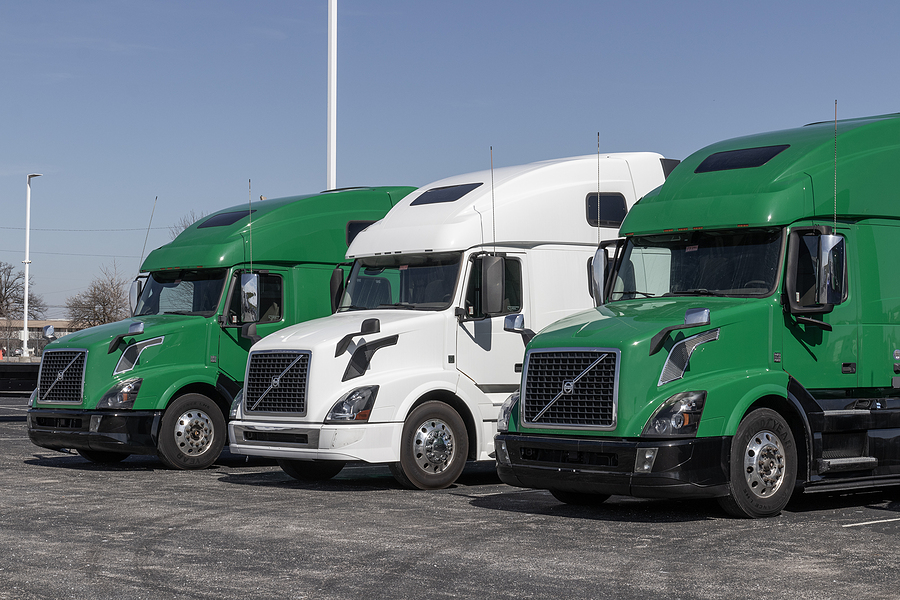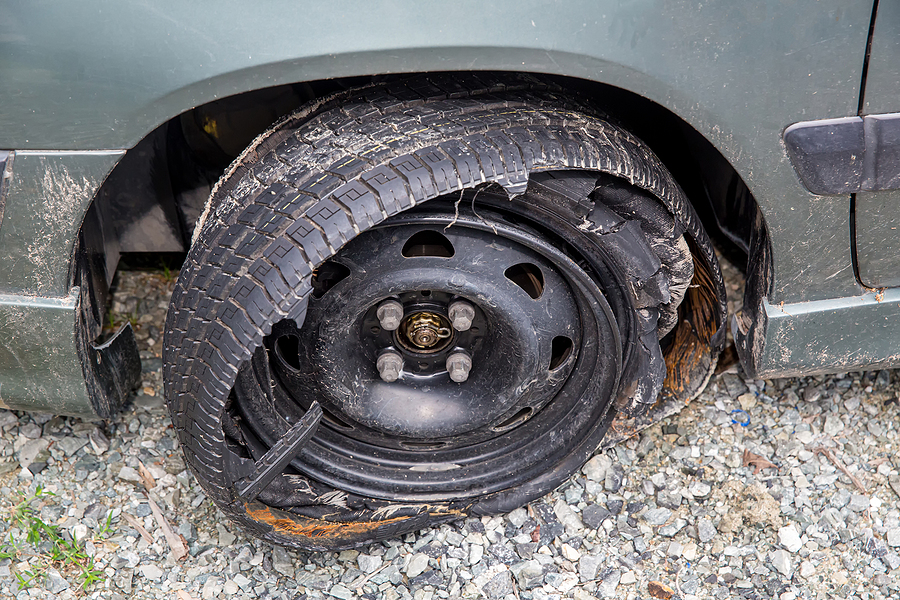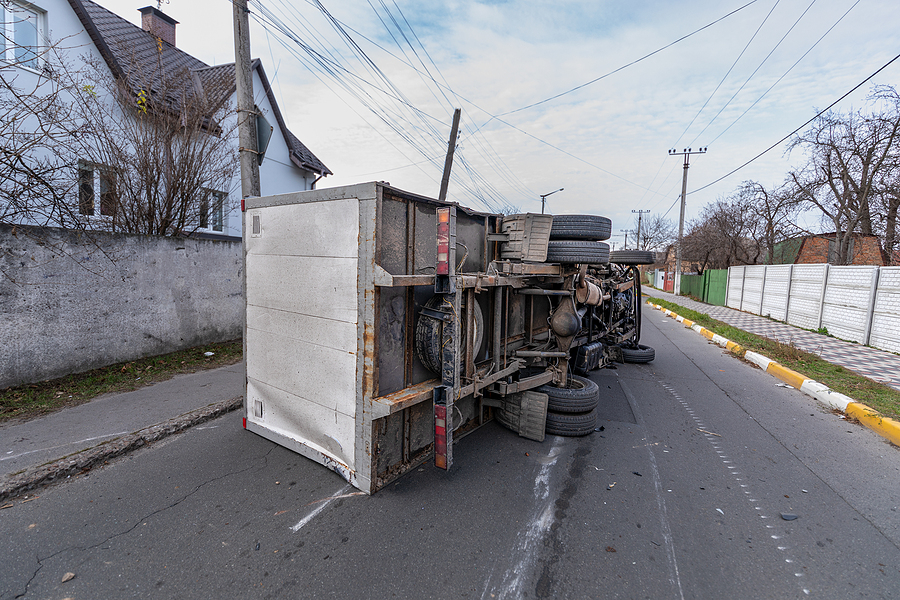You’ve no doubt had to deal with the frustration of coming up on an oversized truck with the dreaded “wide load” sign on the back. Not only do you have to slow down, you can’t get around it because it’s taking up the entire highway. Wide load trucks are also dangerous and can lead to serious truck accidents. Especially when these trucks are operated by drivers who are just as prone to negligence as those who helm other types of trucks. Not only do they drive too fast, they also drive while fatigued – in clear violation of governmental regulations.
If you’ve been in a collision with a wide load truck, or tragically lost a loved one due to a pedestrian accident with this type of vehicle, the attorneys with Penn Kestner & McEwen will be ready to help. Our legal experts will gladly answer any questions you may have, and work hard to help you get the money you deserve.
You can schedule a free consultation by giving us a call at (800) 732-3070 or using our online contact form whenever you like.
Oversized Truck Collisions Statistics
There were more than 5,200 fatal accidents involving large trucks in 2019, a 2% increase from the year before. This continues a troubling trend. Actually, fatal crashes involving these vehicles actually decreased by 34% between 2005-2009, only to jump by another 47% between 2009-2019.
Injury numbers have fluctuated in a similar fashion. They declined 41% between 2002-2009, from 102,000 to 60,000. However, they then started to climb between 2009-2015 by a whopping 62% (97,000 in 2015). They went even higher during the next four-year period (13%, to 127,000 in 2019).
Requirements for Oversized Trucks
Those numbers have risen despite the fact there are plenty of easily understandable regulations designed to reduce the number of accidents that take place each year. Oversized trucks, for example, must have a special permit in order to exceed the federal width limit of 102 inches. Individual states, not the federal government, are responsible for issuing those permits.
In addition, if a truck is transporting a wide load, there must be a “pilot car,” or escort car, traveling in front. The truck must also have an “oversize load” sign prominently placed where other motorists can easily see it. The far edges of the load must also be flagged, and that load must be not only properly secured, but also inspected several times during the truck’s journey. This is due to the fact that many accidents take place due to cargo becoming loose during transit.
Risks Associated with Wide Load Truck Accidents
Wide load trucks pose obvious dangers to other motorists on the road. Magnifying these risks is the fact that drivers often make serious mistakes, and cause serious accidents as a result. When you consider the fact that there’s a shortage of qualified drivers, the risks get even more pronounced.
When a truck is carrying a larger than normal load, that affects their center of gravity. It won’t take much of a mistake, such as trying to take a sharp turn too quickly, for the truck to roll over and spill its load across a highway.
Driving a wide load truck is also a greater challenge because it’s harder for the driver to see other vehicles nearby, leading to truck accidents. The load creates larger blind spots, ones that drivers might not be used to. Also, since an oversized load is so much heavier, the truck will need much more time to stop. An inexperienced driver might not realize this, and slam into the back of a passenger vehicle as a result.
Another risk with oversized cargo is a tire blowout. This type of load puts an incredible amount of pressure on tires, which are already under a tremendous amount of stress. This could easily result in a tire failure that could cause the driver to lose control.
How to Drive Safely Around a Wide Load Truck
There are a lot of safety tips to keep in mind when you’re on the road, period. When it comes to dealing with an oversized road, try to take the “3C” approach – be Cautious, Considerate and Courteous.
- Be cautious. It can be easy to be complacent, since so many of us travel near trucks so often when we’re on the highway. If you find yourself in a crowded situation with a wide load truck, remember that the driver will likely have a hard time seeing you. Also, remember that it takes a lot longer for a truck carrying oversized cargo to stop.
- Be considerate. Only overtake that truck when it’s clearly obvious that you have plenty of room to do so.
- Be courteous. Again, make sure that there is ample room between you and any type of truck, especially a wide load truck. Leave more space than normal, just in case something unexpected happens and you have to come to a sudden stop.
Compensation for Wide Load Truck Accidents
If you’ve suffered an injury due to an accident with a truck carrying oversized cargo, you’re going to need to get in touch with an attorney as soon as possible. The reason is that a truck accident is typically much more complicated than the average car wreck. Not only are the stakes much higher (trucks usually carry million-dollar insurance policies), there can also be multiple liable parties.
For example, the truck driver might have been speeding, but the truck’s brakes failed because the trucking company failed to inspect them before the trip. In this instance, both the driver and company could be held liable.
An attorney can immediately conduct an investigation into the accident in order to determine all the potentially liable parties. This is going to be critically important so that you have the best chance of obtaining compensation for the damages you’ve incurred. These include medical bills, lost wages and future lost earning potential, and many others.
Schedule a Free Truck Accident Case Evaluation with Penn Kestner & McEwen
Speak with a truck accident attorney with Penn Kestner & McEwen to learn more about how we may be able to help. Schedule a free case review by contacting us online or calling (800) 732-3070.




